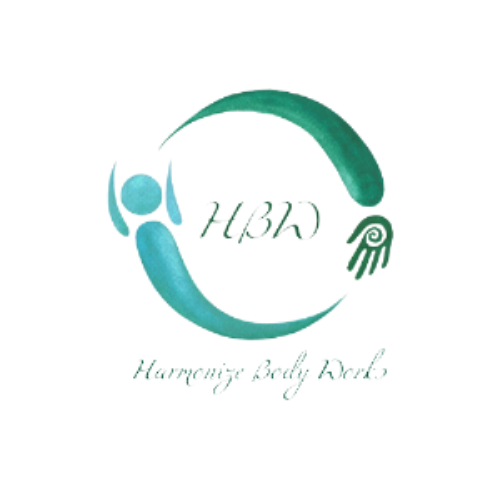Posture Talk #4 Genu Valgum and Genu Varum (Knocked and Bowed knees)
- Harmonize Body Works
- May 1, 2024
- 4 min read
Have you noticed some of us have flat or arched feet, knocked knees or bowed knees? They are definitely not common postures as forward head posture or hunched back but they highly effects daily life style and simple tasks such as walking, standing for long period. Some people do have minor muscular/soft tissue causing the shape of these posture but genu valgum (knocked knees) and genu varum (bowed knees) are more related to structural posture which means joints and bones are "shaped" to resulting these posture.

What is Genu Valgum and Genu Varum
Genu valgum, also known as ‘knocked knees’, occurs when the knees are angled in towards each other and inner knees are close to each other. Genu valgum is less common than genu varum and, even if severe, usually resolves spontaneously by age 9 years if it is not related to skeletal dysplasia or hypophosphatasia. However, if the deformity persists after age 10 years, surgical treatments, other medical treatments are on the option.

Genu varum, also known as ‘bowed legs’, occurs when there is outward bowing of the knees and the lower limbs are angled inwards towards the midline of the body. Genu varum is common among toddlers and usually resolves spontaneously by age 18 months. If it persists or becomes more severe, it might be caused by another disease.
There are many possible causes for genu valgum and varum. Such as bone infection, trauma/injury, metabolic disease, rickets; vitamin D deficiency, damaged growth plate, chemical poisoning, etc. Often if a child is born with this condition, they are monitored and most will grow out of it. However, some doesn’t then they will start look into testing and find the appropriate treatment for its condition. There are brace or splint, and bone surgery; hip or knee.
Symptoms and effected muscles
Even though both genu valgum and varum causes are different, they do share common symptoms such as;

Knee or hip pain
Foot or ankle pain
Feet not touching while standing with knees together
Stiff or sore joints
A limp while walking
Reduced range of motion in hips, knees and ankles
Difficulty walking or running
Knee instability
Progressive knee arthritis in adults
Patients or parents may be unhappy with aesthetics
Difficulty walking, running
Muscle tone imbalance
Weak and tight fascia/soft tissue
For the effected muscles for valgus and varum knee are contrast to each other as they are opposing posture. The Valgus knee will have taut, hypo toned soft tissue in medial knee; adductors, medial calf muscles, medial ligament but the varum knee will have tighter, restricted medial knee soft tissue.

The valgus knee will have shortened, tighter outer leg line soft tissue, such as ITB (Iliotibial band), VLO (Vastus Lateralis Oblique), and side of the shin muscle; peroneus where in varum knee those muscles will be taut and hypo toned.
Remedial Massage for Genu Valgum/Varum
From RM therapist point of view, some people still have characteristics of these postures due to instability or hyper toned muscle group. In this case, it is lot easier to improve the symptoms and posture by balancing the soft tissue with massage and re-training exercise.


But when a client complains caused by structural posture, I try to set a reasonable goal and let the client to understand as I know I can only provide temporary relief to their symptoms. I would still focus on loosening up the loaded, strained, scar tissues using soft tissue massage, myofascial releasee, dry needling, and cupping therapy to provide relief, reduce pain and increase range of motion. I can also use other methods to provide temporary relief and support such as taping.
Then also importantly, providing mobility stretch exercise, stability exercise, toning up the taut/strained muscles group to improve the symptoms.
Daily tips for knocked knees and bowed knees
· Stretch and strengthening
1. Single-Leg Band Stretches
Step 1: With the resistance band firmly anchored to a stable object at ankle height, stand parallel to the band.
Step 2: Wrap the band around the ankle that’s further from the anchoring object.
Step 3: Stretch the resistance band by swinging your leg out to the side. When your leg is as far extended as you can manage, hold the position for two seconds, then carefully release back to a neutral position.


This exercise uses a resistance exercise band to help strengthen hip flexor muscles.
2. Exercise Band Squats
Step 1: Stand with your feet hip width apart and a circular exercise band placed around your thighs. The band should be snug but you shouldn’t have trouble standing with your feet apart.
Step 2: Gently sink into a squat, bending your knees and keeping your thighs apart. You should feel a burn in your thighs and hips. Keep your back straight.
Step 3: Hold the squat for several seconds, then return to standing.


Squats help strengthen your quads and hamstrings, while adding the exercise band engages your hip flexors.
· Better foot wear, support brace or taping
· Hip and core strengthening
· Encourage one leg standing, line walking, toe walking
· Balance and mobility training
· Get manual therapy such as remedial massage, myotherapy, physiotherapy
· See a physiotherapist or exercise physiologist to get specific exercise program

Written by Seonkyo Kim; Dip. RM
Reference;





Comments